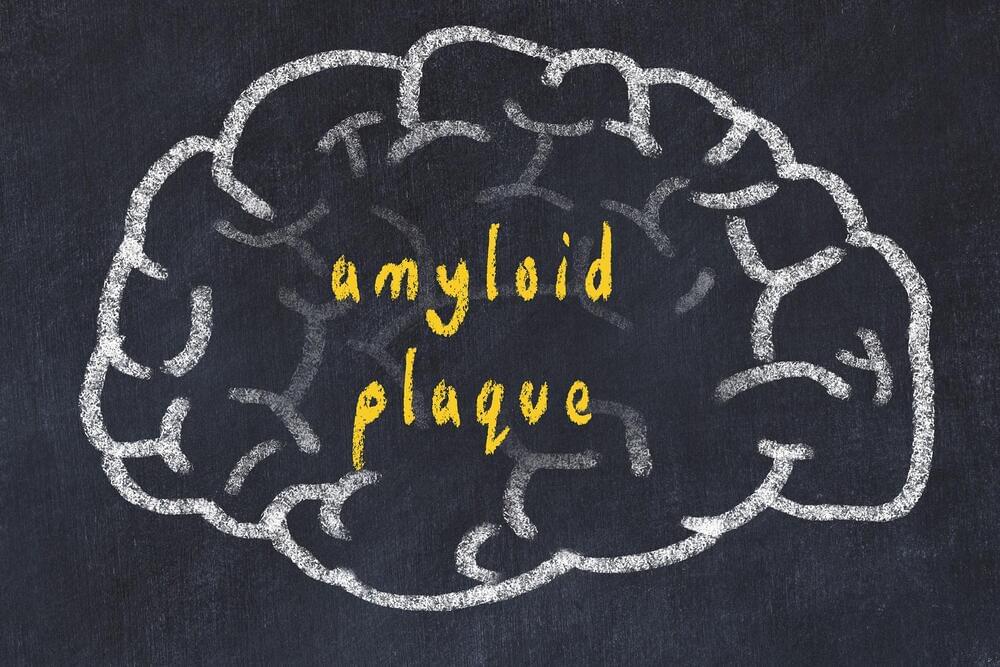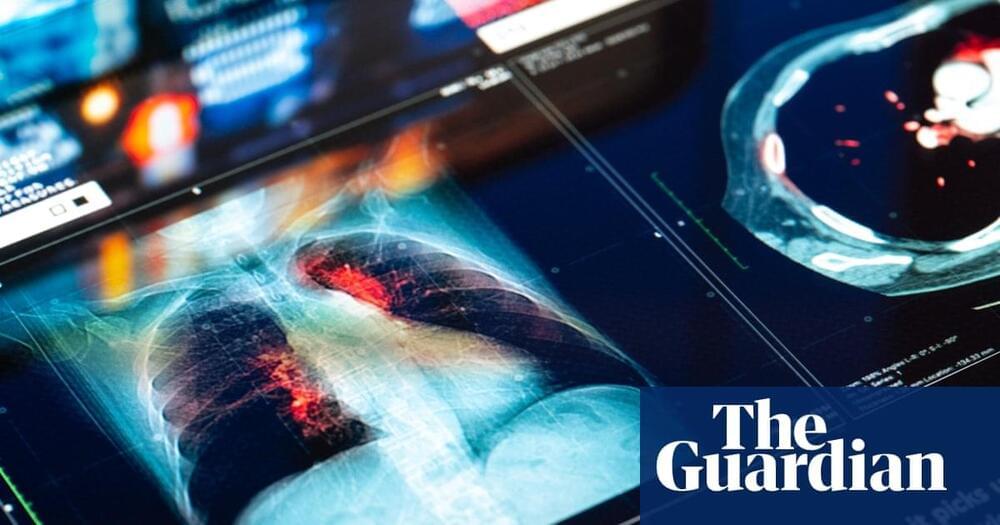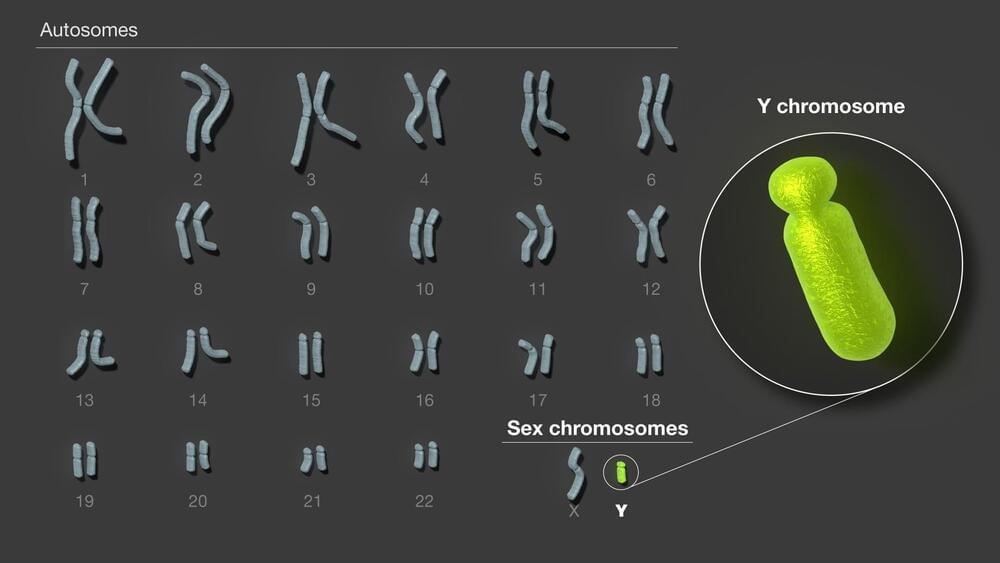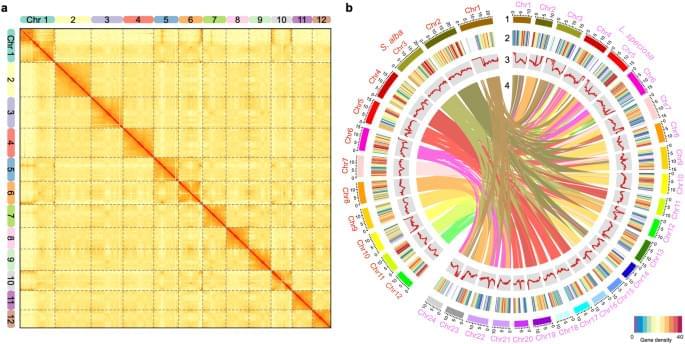I use Blackmagic Design’s Davinci Resolve for editing 4K and above video. If you have edited video you experience glitches that can be solved with answers. OpenAI has this chatbot that is a Davinci Resolve expert, that can answer your questions when problems arise. This is pretty cool indeed.
Friendly DaVinci Resolve expert, guiding users with easy-to-understand advice and forum insights.









